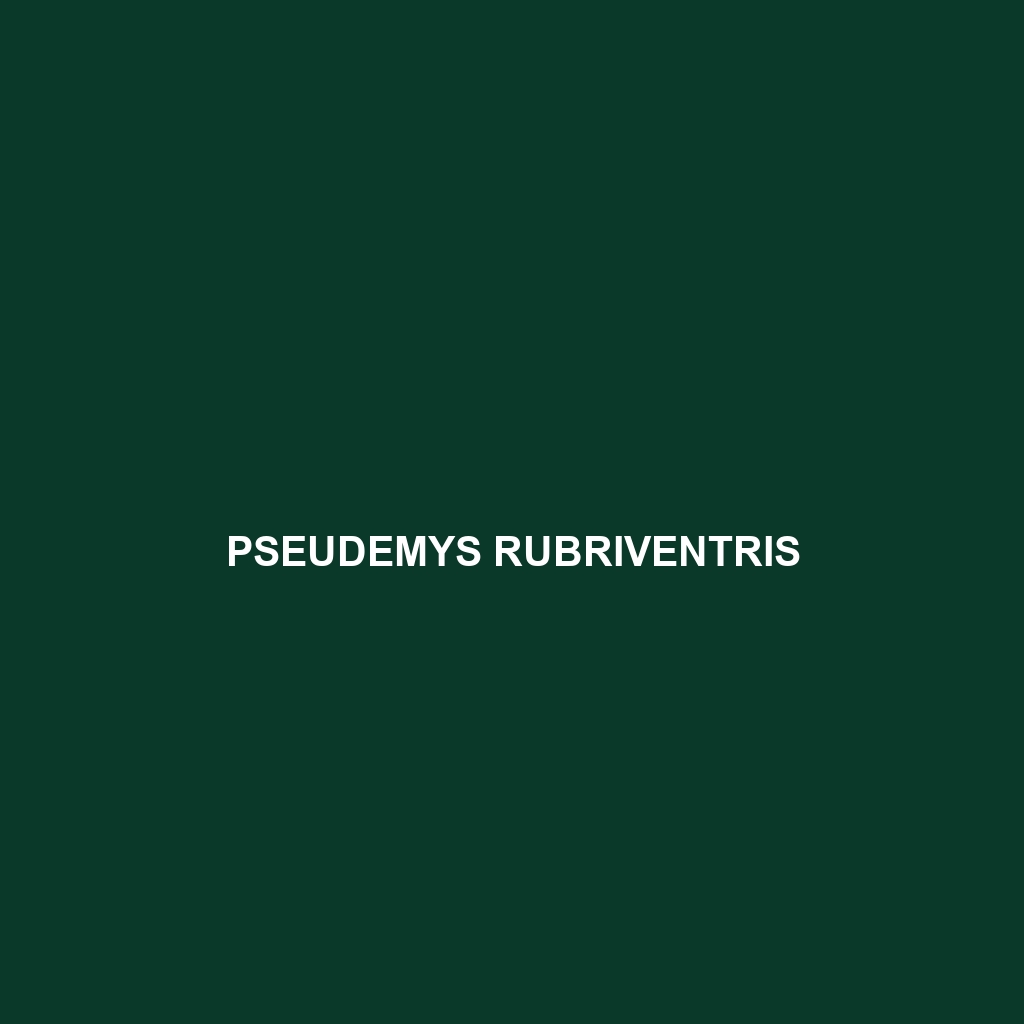Staurotypus triporcatus: A Comprehensive Overview Introduction Staurotypus triporcatus, commonly known as the Mexican giant musk turtle, is a fascinating species of freshwater turtle native to the rivers and lakes of Central America. This species belongs to the family Kinosternidae and represents an intriguing member of the turtle community. With their distinct physical characteristics and unique […]
Tag: turtle behavior
Siebenrockiella leytensis
<b>Siebenrockiella leytensis</b>, a vulnerable freshwater turtle native to the tropical regions of the Philippines, typically measures 20 to 30 cm in shell length and thrives in slow-moving rivers, marshes, and mangrove swamps. This omnivorous species is known for its unique behaviors, including communal basking and the ability to burrow during dry spells, playing a crucial role in maintaining the ecological balance of its habitat.
Podocnemis sextuberculata
Podocnemis sextuberculata, known as the six-tubercled river turtle, thrives in the tropical freshwater ecosystems of the Amazon Basin, featuring a distinctive flattened carapace with six prominent tubercles. As a vulnerable species, it plays a crucial role in maintaining aquatic plant populations and serves as prey for larger predators, making it essential to the region's biodiversity.
Rafetus euphraticus
<strong>Rafetus euphraticus</strong>, commonly known as the Euphrates softshell turtle, is a critically endangered species native to the freshwater environments of the Middle East, distinguished by its large, flattened carapace and strong territorial instincts. This omnivorous turtle plays a vital role in maintaining biodiversity and water quality within its habitat while facing significant threats from habitat destruction and pollution.
Pseudemys texana
<p><b>Pseudemys texana</b>, or Texas river cooter, is a diurnal freshwater turtle native to southeastern Texas and northeastern Mexico, thriving in warm, vegetated habitats. Characterized by their distinct dark brown to olive green carapace and a diet primarily of aquatic vegetation, they play a crucial role in maintaining the health of freshwater ecosystems.</p>
Pseudemys rubriventris
The Pseudemys rubriventris, commonly known as the red-bellied cooter, is a remarkable freshwater turtle found in the southeastern United States, characterized by its vibrant red or orange plastron and a smooth, dark olive-brown carapace. This omnivorous species thrives in warm, slow-moving waters, playing a crucial role in maintaining ecological balance by regulating aquatic plant growth and contributing to nutrient cycling.
Pseudemys peninsularis
The Florida red-bellied turtle (<i>Pseudemys peninsularis</i>) is a medium-sized turtle recognized by its smooth olive to dark brown carapace and vibrant red or orange belly, thriving in warm freshwater habitats of the southeastern United States. This species is primarily herbivorous, with intriguing social behaviors and vital ecological roles, though it currently faces threats from habitat loss, making conservation efforts essential.
Pseudemys gorzugi
<p><b>Pseudemys gorzugi</b>, commonly known as the Georgia Cooter, is a medium-sized freshwater turtle native to the southeastern United States, primarily found in slow-moving rivers, lakes, and ponds. This species is recognized for its distinct domed shell, elongated neck, and omnivorous diet, playing a crucial role in maintaining the ecological balance of its aquatic habitat.</p>
Pseudemys floridana
<b>Pseudemys floridana</b>, commonly known as the Florida cooter, is a freshwater turtle native to the southeastern United States, recognized for its distinctive dome-shaped carapace and elongated claws. This omnivorous species thrives in warm, humid habitats, primarily feeding on aquatic plants and small invertebrates while playing a vital role in maintaining ecosystem balance.
Pseudemys concinna
<p><b>Pseudemys concinna</b>, commonly known as the pond slider, is a versatile turtle native to the southeastern United States, thriving in a variety of freshwater habitats. These omnivorous turtles exhibit distinct yellow stripes, can grow up to 12 inches, and play a crucial role in maintaining aquatic ecosystem health.</p>









